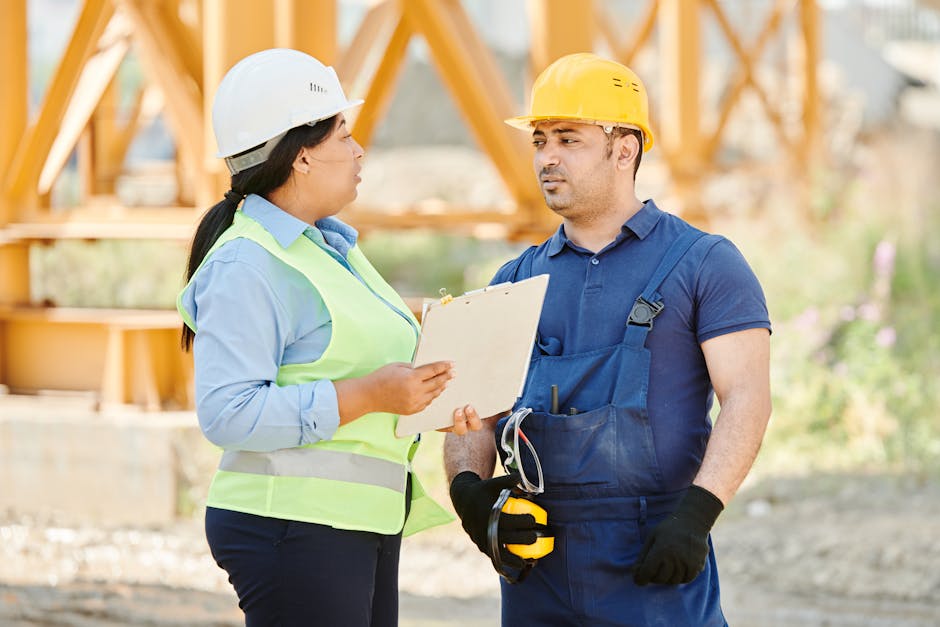Sustainable Building Materials and Their Benefits
Sustainable Building Materials and Their Benefits
Blog Article

As the world faces the pressing challenges of climate change and environmental degradation, the importance of adopting environmentally friendly structures becomes increasingly evident. These sustainable building practices not only minimize ecological footprints but also promote healthier living spaces. By integrating sustainable materials, innovative design principles, and successful case studies, we can better understand how to create buildings that harmonize with nature and contribute positively to our communities.
Sustainable Building Materials and Their Benefits
One of the cornerstones of environmentally friendly structures is the use of sustainable building materials. These materials are sourced responsibly and designed to minimize their environmental impact throughout their lifecycle. Common examples include reclaimed wood, bamboo, recycled metal, and low-VOC (volatile organic compound) paints, which contribute to healthier indoor air quality.
Using sustainable materials provides numerous benefits. Firstly, they often possess superior durability, reducing the need for frequent replacements and repairs. Secondly, many sustainable materials offer enhanced energy efficiency, which can lead to significant cost savings over time. For instance, materials with good thermal properties can help regulate indoor temperatures, reducing reliance on heating and cooling systems. Furthermore, choosing local materials can reduce transportation emissions, supporting local economies and fostering community ties.
Design Principles for Environmentally Friendly Structures
In addition to material choices, the design of environmentally friendly structures plays a critical role in achieving sustainability. Several key design principles can enhance a building's ecological performance.
Passive Solar Design
Passive solar design optimizes a building's orientation and layout to harness natural sunlight for heating and lighting. This design approach involves strategically placing windows and overhangs to maximize solar gain in winter while minimizing it in summer, thereby reducing energy consumption.
Energy Efficiency
Incorporating energy-efficient systems such as solar panels, high-performance insulation, and energy-efficient appliances is essential for environmentally friendly structures. These features work together to decrease energy demand and carbon emissions, contributing to a more sustainable living environment.
Case Studies of Successful Green Buildings
Examining successful examples of environmentally friendly structures can provide valuable insights into effective practices and strategies. One notable case is the Edge in Amsterdam, a cutting-edge office building designed with sustainability in mind. It features a green roof, solar panels, and a rainwater harvesting system, all contributing to its minimal environmental impact. The building's design promotes natural ventilation and daylighting, creating a comfortable workspace for its occupants.
Another inspiring example is the Bullitt Center in Seattle, often referred to as the "greenest commercial building in the world." This building exemplifies sustainable building practices through its use of reclaimed materials, energy-efficient systems, and a commitment to achieving net-zero energy consumption. The Bullitt Center also includes rainwater collection and composting toilets, showcasing how innovative design can lead to significant resource conservation.
These case studies illustrate that environmentally friendly structures are not only feasible but also beneficial for both the environment and human well-being. By learning from these successful projects, architects, builders, and communities can adopt similar strategies to create their own sustainable buildings.
In conclusion, the shift towards environmentally friendly structures is essential for combating climate change and fostering healthier living environments. By emphasizing sustainable building materials, innovative design principles, and learning from successful case studies, we can contribute to a more sustainable future. As we continue to explore the potential of green building practices, the impact on our planet and society can be profound. For more insights into environmentally friendly structures and sustainable design, consider exploring comprehensive resources on the topic.
Report this page